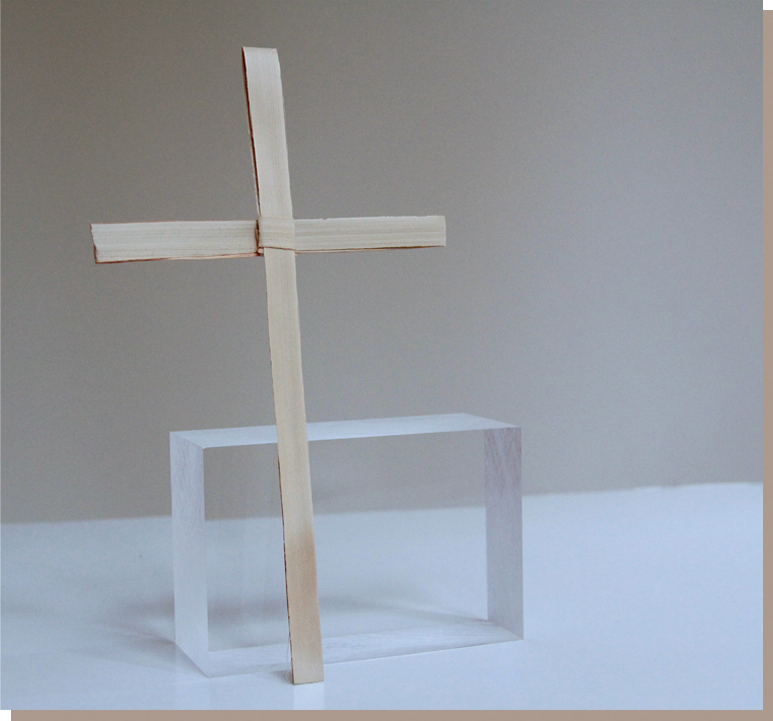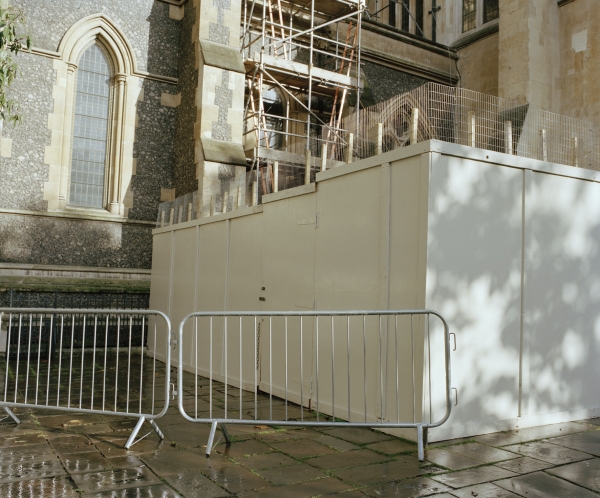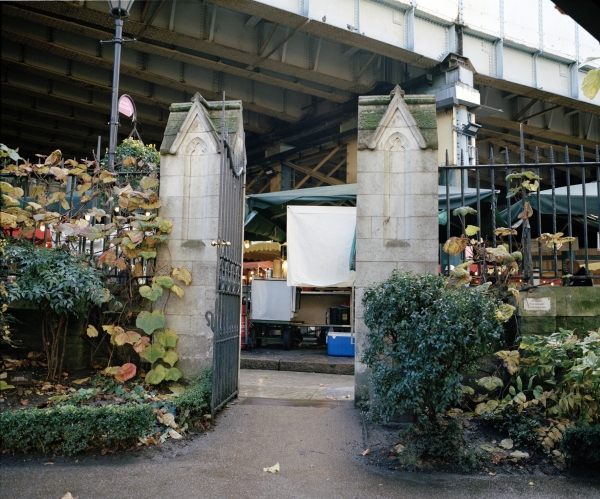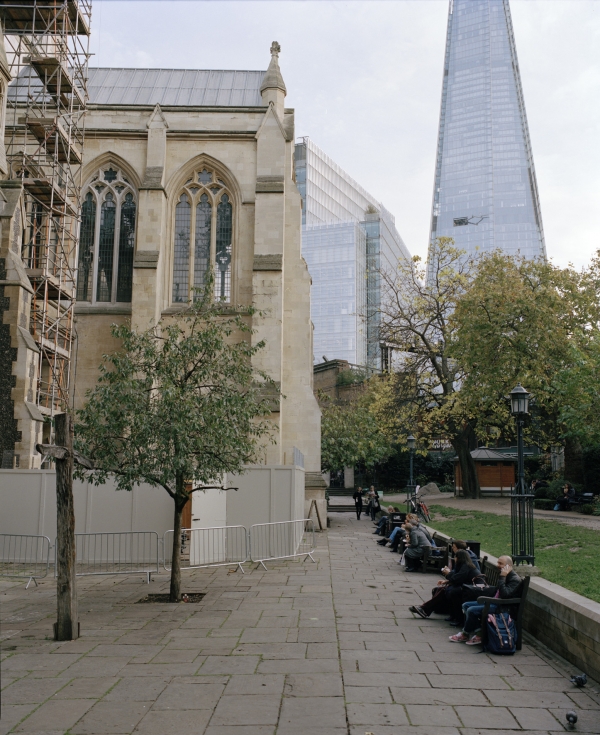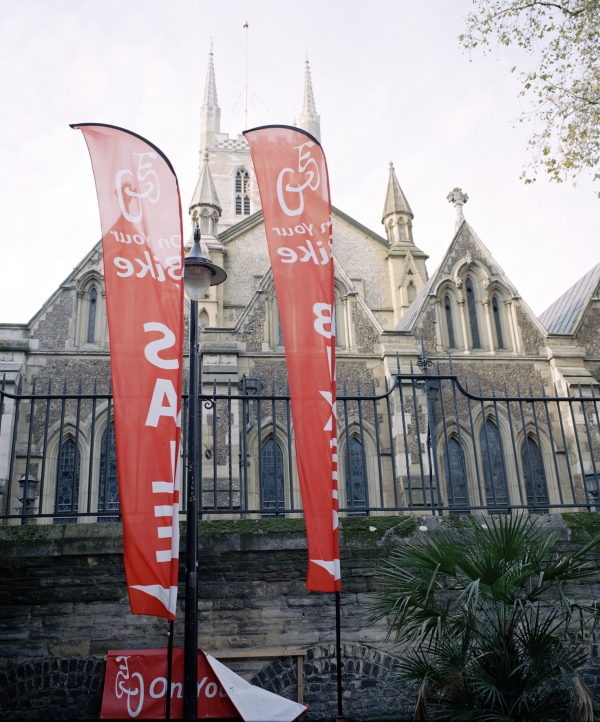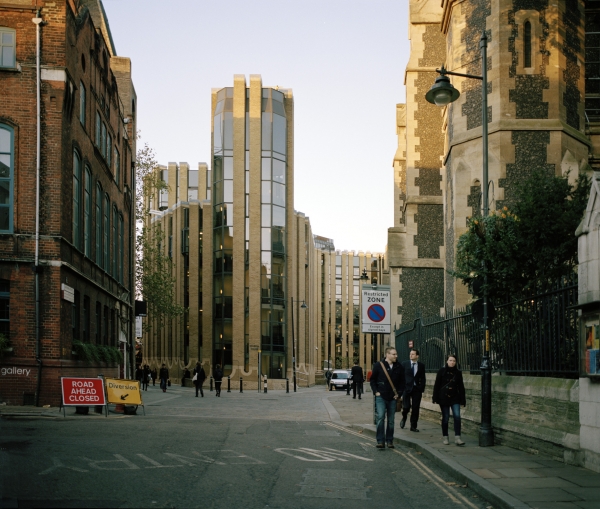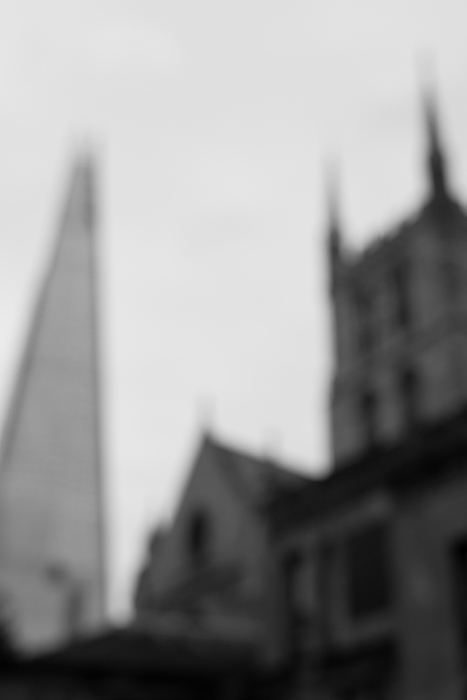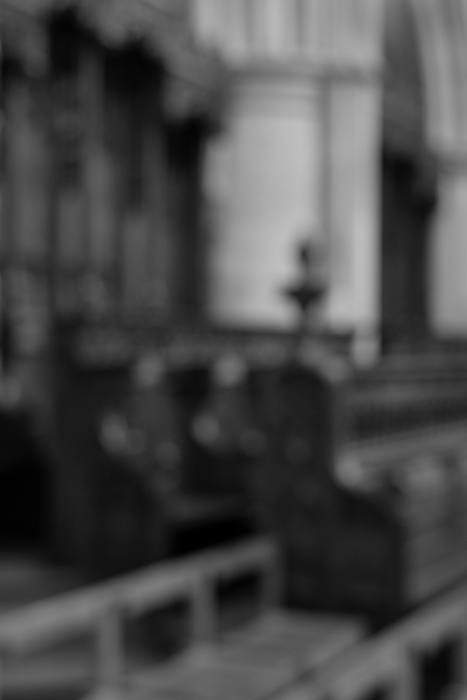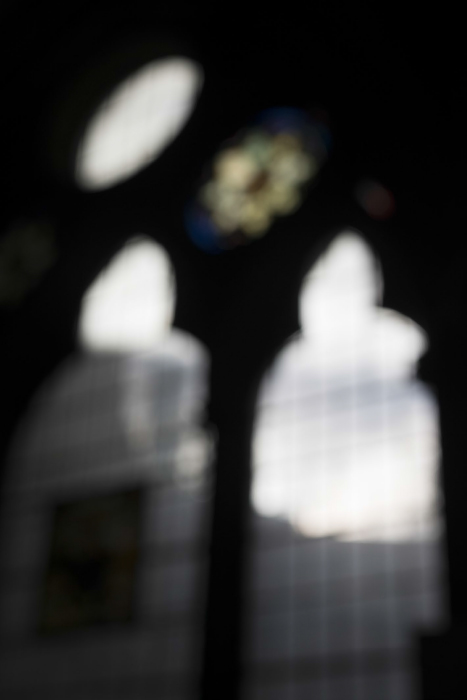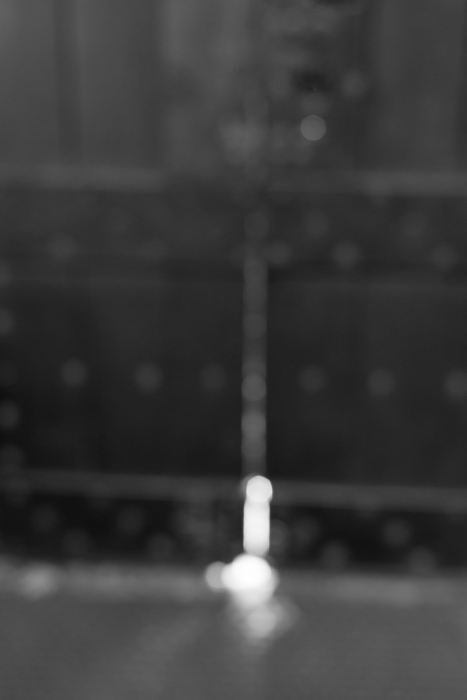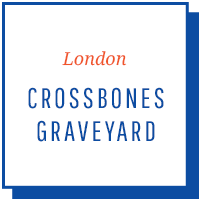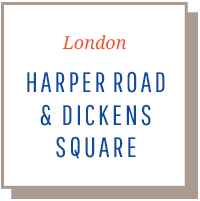RIVER BLESSING
On a chilly Sunday in January 2015, two congregations met at the mid-point of London Bridge. First to the Bridge was the congregation of St Magnus the Martyr, led by the Bishop of Croydon. Moments later, parishioners and clergy from Southwark Cathedral arrived from the opposite side.
Vested in capes, the clergy led a short service. The parishioners – huddled on the pavement – echoed prayers, were sprinkled with holy water and watched as a wooden cross was hurled into the water as a symbol of Christ's birth and baptism, to be blessed by the river.
The Blessing attracts attention from those passing on the Bridge, whether on foot or atop tour buses. As one Cathedral parishioner exclaimed: “We meet on the bridge and we are all very visible. All the clergy there with their robes flowing, full regalia, the Bishop comes, everything. You are able to give witness to what you believe in and to what you say you believe in and other people can see it.”
Whether these passers-by understand the symbolism of the ritual is questionable. As one clergy member pointed out: “A lot of these things are completely lost because people’s religious vocabulary is so thin these days. So they have no idea why we’re throwing stuff in the river!”
A Cathedral Canon dedicated prayers to those who worked and travelled on the river. A prayer was also said to those who had died in the Thames during the past year, as well as those drowned in 1989 on the river boat, “Marchioness”. In the Blessing, the river represents two bodies of water, the Biblical River Jordan in which Christ was baptised by John the Baptist, and the capital’s River Thames.
The cross exhibited here is made from a palm leaf. It’s an example of the small folded crosses which Southwark Cathedral parishioners receive on Palm Sunday, the Sunday before Easter. The parishioners, with their palm crosses in hand, then take to the streets as part of the Cathedral’s Palm Sunday Procession.
The parishioners meet outside the Cathedral. From there, the clergy lead the way through Borough Market, past the stalls, marketsellers, tourists and locals. Holding palm branches and dressed in white, the clergy are followed by the choir (also in white robes) and then the parishioners. The processors sing traditional hymns to mark the beginning of Holy week. Some bystanders stop to look. Others carry on with their business.
The path of the procession symbolises the roads that paved the way from Bethlehem to Jerusalem. And, like the streets described in the Scriptures, the processors have Christ on their mind and in their hands.
Many churches across Southwark organise their own processions across housing estates, markets and parks. Afterwards, traces of the processions can often be found, leaving their mark on public space. Remnants of branches and little palm crosses are often left on pavements: the unintentional offerings of a Palm Sunday procession.
TIMELINE SOUTHWARK CATHEDRAL
2000
2000
The Cathedral building was extended on its north side, providing a library, an education Centre, a shop and a refectory.
1905
1905
St Saviour's church became Southwark Cathedral and the mother church of the Anglican Diocese of Southwark, serving over 300 parishes from the River Thames in the north to Gatwick Airport in the South.
1820
1820s
Plans to build a new London Bridge close to the church threatened the building's future. To make room, a chapel on the southside was demolished. During the nineteenth century, various aspects of the church were refurbished and rebuilt.
1700
17th century
A group of merchants bought St Saviour's from James I. The parish served local residents, merchants as well as actors and women who worked in the nearby brothels.
1600
Mid-16th century
Following the Dissolution of the Monasteries in 1539, the church became the property of Henry VIII who rented it to the congregation. It was re-named St Saviour's church.
1200
12th century
The dates of the first church on the south bank of the Thames, by the Old London Bridge, are uncertain. The first definitive date is in 1106 when the church was reestablished by two Norman knights as an Augustinian priory and dedicated to St Mary, later known as St Mary Overy (“over the river”).

